5G networks represent the fifth generation of mobile network technology, poised to revolutionize connectivity across the globe. Unlike its predecessors, 5G promises significantly faster download and upload speeds, reduced latency (the time it takes for data to travel), and the ability to connect a massive number of devices simultaneously. This leap in technology is not just an incremental improvement but a transformative shift that will enable new applications and services that were previously not feasible with older network technologies.
Impact of 5G on Internet Speeds
One of the most anticipated benefits of 5G is its impact on internet speeds. With theoretical speeds reaching up to 10 Gbps (gigabits per second), 5G is approximately 100 times faster than 4G LTE networks. This leap in speed translates to virtually instantaneous downloads of large files, seamless streaming of high-definition content, and ultra-responsive gaming experiences. Users can expect near-instantaneous response times for web browsing and video streaming, making buffering a thing of the past. Moreover, the improved speed and reliability of 5G will facilitate the widespread adoption of emerging technologies such as augmented reality (AR) and virtual reality (VR), which require high bandwidth and low latency to deliver immersive experiences.
Applications of 5G in IoT
The Internet of Things (IoT) relies heavily on connectivity and data exchange between devices. 5G’s low latency and high bandwidth make it ideal for supporting IoT applications. Industries such as manufacturing, healthcare, transportation, and smart cities can harness 5G to improve operational efficiency, enable real-time monitoring and control, and enhance decision-making processes. For instance, in healthcare, 5G enables remote surgeries with minimal latency, ensuring precision and safety even when the surgeon and patient are miles apart. Similarly, in smart cities, 5G-powered IoT devices can monitor traffic patterns, optimize energy consumption, and improve public safety through real-time data analysis and response.
5G and Enhanced Mobile Experiences
Beyond faster internet speeds, 5G enhances overall mobile experiences by providing more reliable connections and reducing network congestion. This technology supports a multitude of devices in densely populated areas, ensuring consistent performance during peak usage times. Mobile users can enjoy smoother streaming, quicker app downloads, and enhanced reliability for applications that demand consistent connectivity, such as navigation and video conferencing. Moreover, 5G’s ability to handle massive amounts of data traffic efficiently will enable new services such as autonomous vehicles and connected drones, which require real-time data processing and communication with minimal latency.
Global Rollout Challenges and Successes
While the benefits of 5G are clear, its global rollout presents several challenges. Deploying 5G requires substantial infrastructure investments, including new cell towers and upgraded network equipment. Additionally, governments and telecommunications companies must navigate spectrum allocation issues to ensure that sufficient bandwidth is available to support 5G networks. Despite these challenges, many countries have made significant progress in rolling out 5G networks, particularly in urban centers where demand for high-speed connectivity is highest. Successes in early deployments showcase 5G’s potential to stimulate economic growth, drive innovation, and enhance competitiveness on a global scale.
The Internet of Things (IoT) Revolution
The IoT represents a paradigm shift in how devices interact and communicate with each other, enabled by 5G’s capabilities. By 2025, it’s estimated that over 75 billion IoT devices will be connected globally, ranging from smart appliances and wearable devices to autonomous vehicles and industrial machinery. 5G facilitates the seamless integration of these devices into networks, enabling real-time data collection, analysis, and response. For businesses, this means improved operational efficiency, predictive maintenance capabilities, and enhanced customer experiences through personalized services. The combination of 5G and IoT will unlock new revenue streams and business models, paving the way for smart cities, connected factories, and innovative healthcare solutions.
Conclusion
5G networks are revolutionizing connectivity with unprecedented speed and reliability, paving the way for transformative applications in IoT and mobile experiences. Despite rollout challenges, 5G’s impact on internet speeds and IoT capabilities promises a future of interconnected, efficient digital ecosystems. Embracing these advancements will define a new era of connectivity and innovation worldwide.










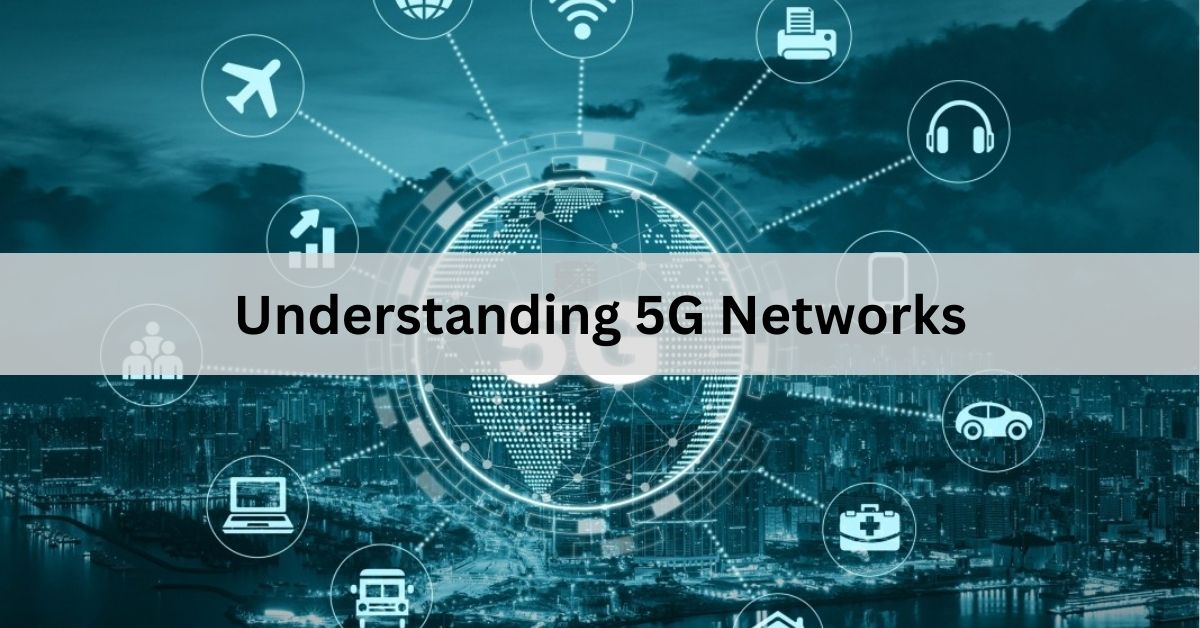
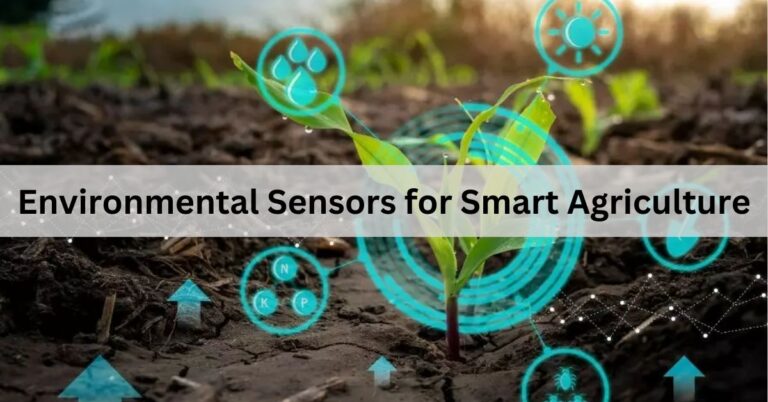
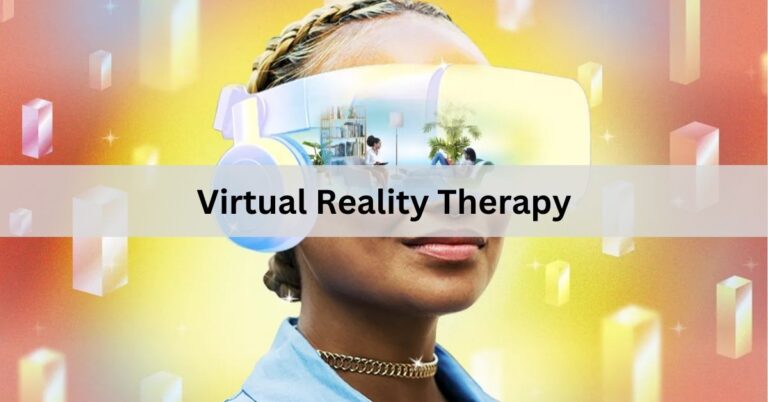
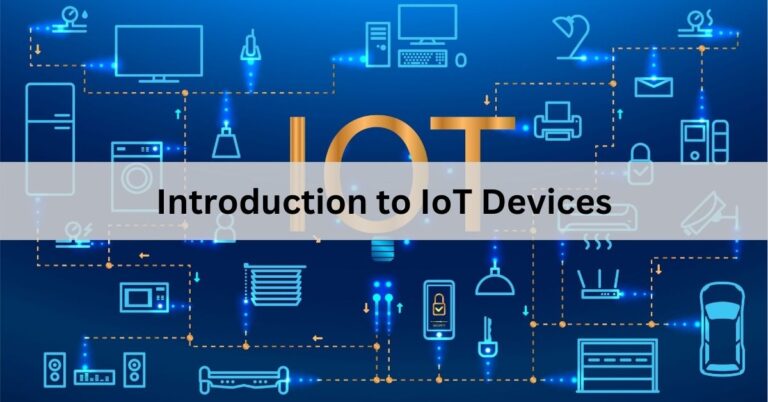

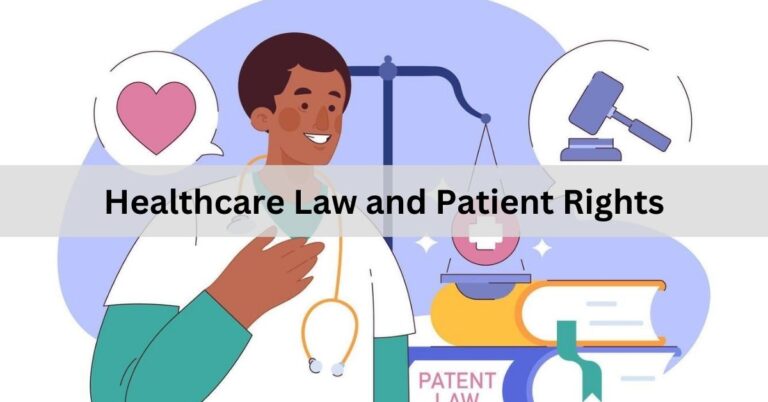


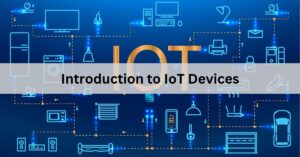








+ There are no comments
Add yours